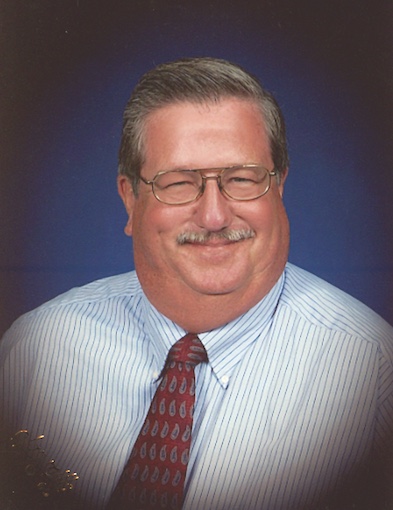Strip-till management practices can differ depending on geographic region, cropping system and soil conditions. Two experienced Indiana strip-tillers will share their perspective on best practices in their part of the country during the 2015 National Strip-Tillage Conference.
With the majority of his farm under center-pivot irrigation, Jason Wykoff relies on more than annual precipitation to successfully strip-till seed corn and soybeans on a 4,500-acre operation in New Carlisle, Ind. Limiting passes through the field and building soil structure are strip-till priorities for the Wykoffs, who have realized 20-30% savings in fuel, with an eye on slashing fuel costs by at least half.
In his classroom session on August 5, Wykoff will discuss experiments with 20-inch strip-tilled seed corn, fall vs. spring strip-till and a lucrative move to strip-tilled soybeans.
 Jason Wykoff
Jason Wykoff
For some farmers, their early transition to strip-till conjures up fond memories of higher yields or improved fertilizer placement, while for others, building those first berms serves more as reminder of how far they’ve come in their operation. Looking back on a decade of strip- tilling, Mike Shuter recalls both the pains and the gains encountered on 2,500 acres of strip-tilled corn at Shuter Sunset Farms in Frankton, Ind.
 Mike Shuter
Mike Shuter
Shuter has made a conscious effort to more efficiently apply fertilizer and improve soil biology. During his general session presentation on August 6, he will discuss the tangible gains of using crop sensing technology to assess foliar application needs, residue management practices for strip-tilled corn-on-corn and cover crop application using his own design for a 120-foot seeder.
For more information and a complete agenda of this year’s event, visit www.striptillconference.com.





